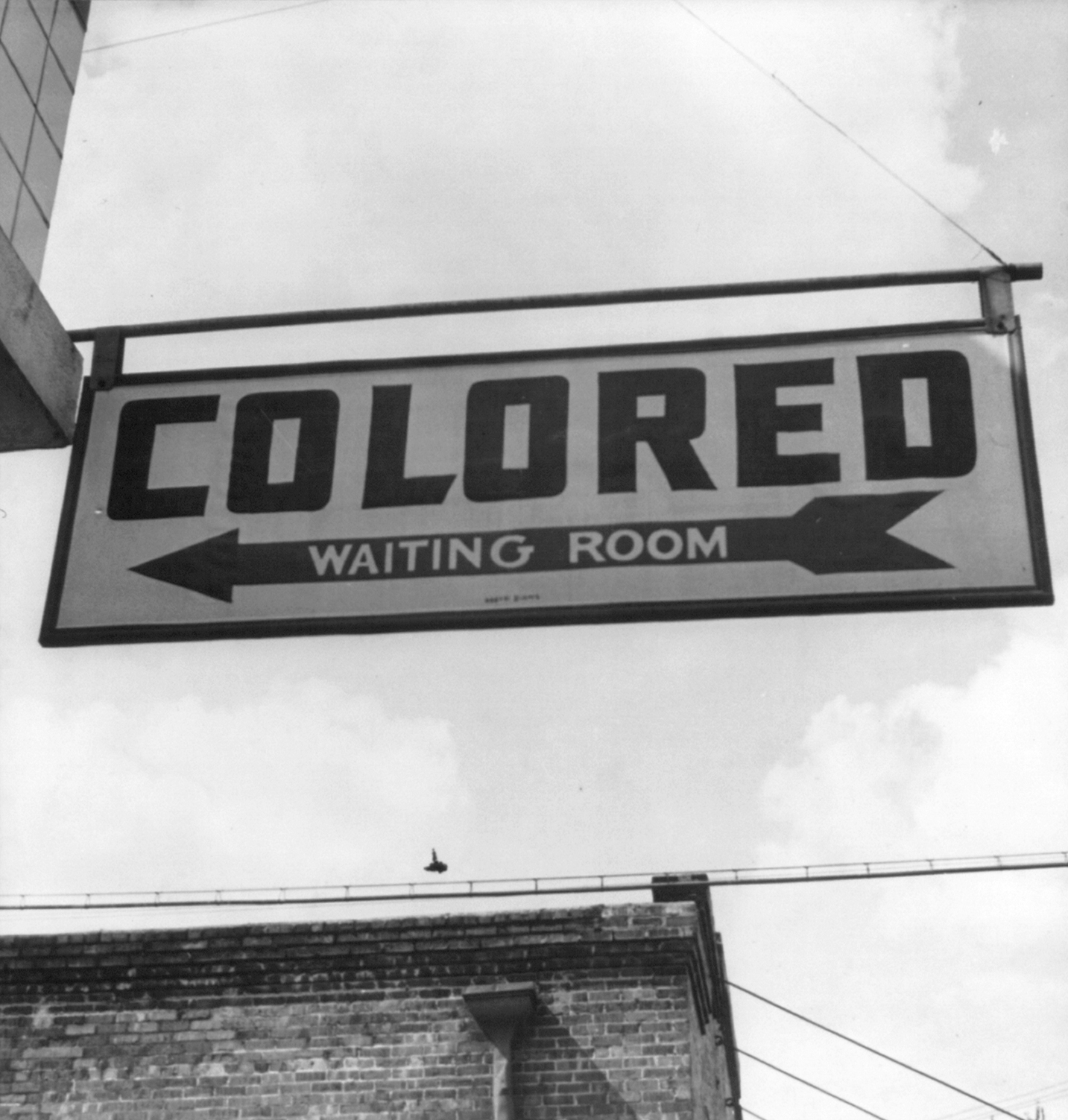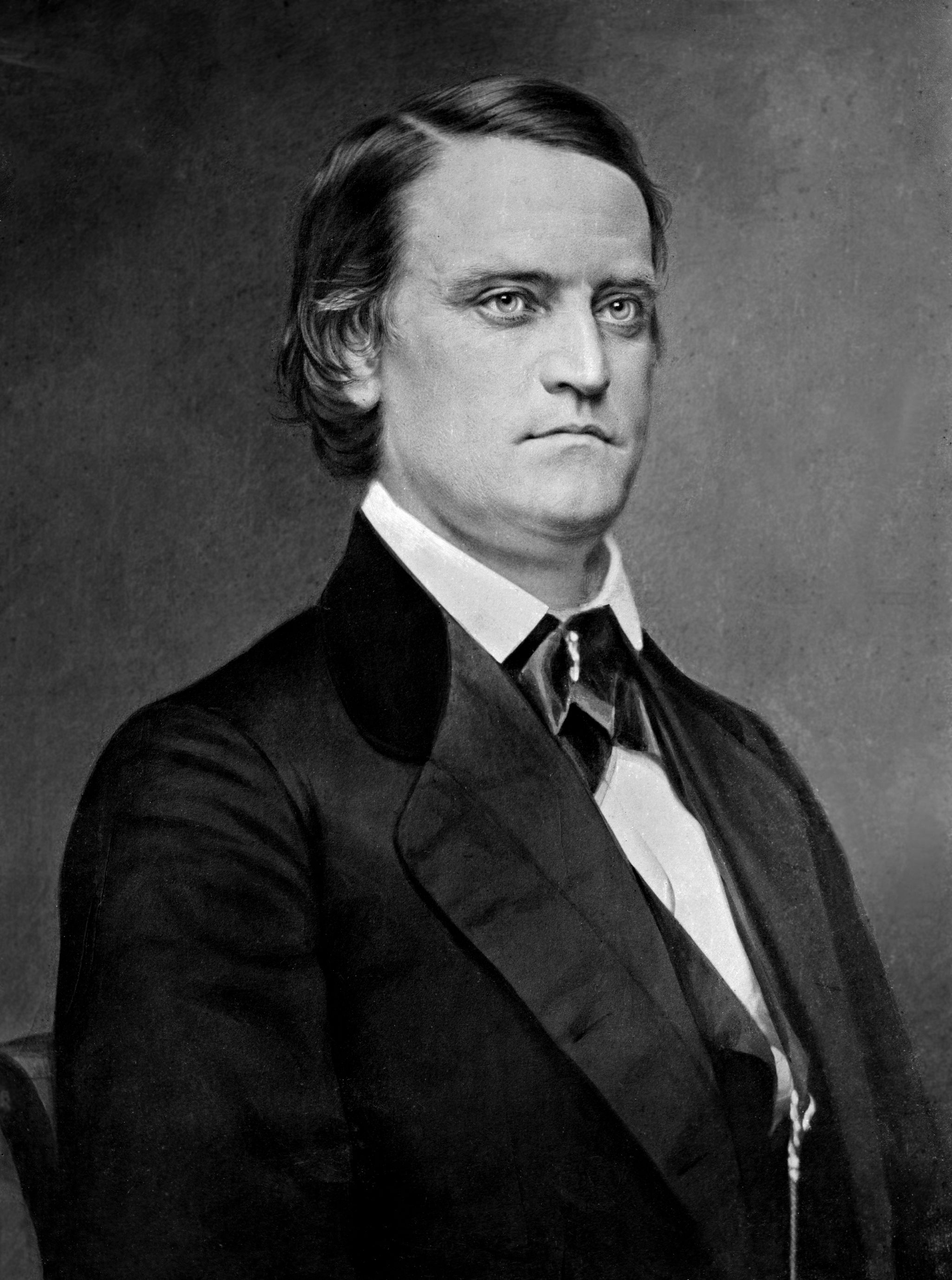|
Jim Crow
The Jim Crow laws were state and local laws enforcing racial segregation in the Southern United States. Other areas of the United States were affected by formal and informal policies of segregation as well, but many states outside the South had adopted laws, beginning in the late 19th century, banning discrimination in public accommodations and voting. Southern laws were enacted in the late 19th and early 20th centuries by white Southern Democrat-dominated state legislatures to disenfranchise and remove political and economic gains made by African Americans during the Reconstruction era. Jim Crow laws were enforced until 1965. In practice, Jim Crow laws mandated racial segregation in all public facilities in the states of the former Confederate States of America and in some others, beginning in the 1870s. Jim Crow laws were upheld in 1896 in the case of ''Plessy vs. Ferguson'', in which the Supreme Court laid out its " separate but equal" legal doctrine concerning facili ... [...More Info...] [...Related Items...] OR: [Wikipedia] [Google] [Baidu] |
Racial Segregation In The United States
In the United States, racial segregation is the systematic separation of facilities and services such as housing, healthcare, education, employment, and transportation on racial grounds. The term is mainly used in reference to the legally or socially enforced separation of African Americans from whites, but it is also used in reference to the separation of other ethnic minorities from majority and mainstream communities. While mainly referring to the physical separation and provision of separate facilities, it can also refer to other manifestations such as prohibitions against interracial marriage (enforced with anti-miscegenation laws), and the separation of roles within an institution. Notably, in the United States Armed Forces up until 1948, black units were typically separated from white units but were still led by white officers. Signs were used to indicate where African Americans could legally walk, talk, drink, rest, or eat. The U.S. Supreme Court upheld the con ... [...More Info...] [...Related Items...] OR: [Wikipedia] [Google] [Baidu] |
Jim Crow (character)
The Jim Crow persona is a theater character — developed and popularized by Thomas D. Rice (1808–1860) — and a racist depiction of African-Americans and of their culture. Rice based the character on a folk trickster named Jim Crow that had long been popular among black slaves. Rice also adapted and popularized a traditional slave song called "Jump Jim Crow" (1828). The character conventionally dresses in rags and wears a battered hat and torn shoes. Rice applied blackface makeup made of burnt cork to his face and hands and impersonated a very nimble and irreverently witty African-American field-hand who sang, "Come listen all you galls and boys, I'm going to sing a little song, my name is Jim Crow, weel about and turn about and do jis so, eb'ry time I weel about I jump Jim Crow." Origin The actual origin of the Jim Crow character has been lost to legend. One story claims it is Rice's emulation of a black slave that he had seen on his travels throughout the Southern Unite ... [...More Info...] [...Related Items...] OR: [Wikipedia] [Google] [Baidu] |
Voting Rights Act Of 1965
The Voting Rights Act of 1965 is a landmark piece of federal legislation in the United States that prohibits racial discrimination in voting. It was signed into law by President Lyndon B. Johnson during the height of the civil rights movement on August 6, 1965, and Congress later amended the Act five times to expand its protections. Designed to enforce the voting rights guaranteed by the Fourteenth and Fifteenth Amendments to the United States Constitution, the Act sought to secure the right to vote for racial minorities throughout the country, especially in the South. According to the U.S. Department of Justice, the Act is considered to be the most effective piece of federal civil rights legislation ever enacted in the country. It is also "one of the most far-reaching pieces of civil rights legislation in U.S. history." The act contains numerous provisions that regulate elections. The act's "general provisions" provide nationwide protections for voting rights. S ... [...More Info...] [...Related Items...] OR: [Wikipedia] [Google] [Baidu] |
Ku Klux Klan
The Ku Klux Klan (), commonly shortened to the KKK or the Klan, is an American white supremacist, right-wing terrorist, and hate group whose primary targets are African Americans, Jews, Latinos, Asian Americans, Native Americans, and Catholics, as well as immigrants, leftists, homosexuals, Muslims,and abortion providers The Klan has existed in three distinct eras. Each has advocated extremist reactionary positions such as white nationalism, anti-immigration and—especially in later iterations—Nordicism, antisemitism, anti-Catholicism, Prohibition, right-wing populism, anti-communism, homophobia, Islamophobia, and anti-progressivism. The first Klan used terrorism—both physical assault and murder—against politically active Black people and their allies in the Southern United States in the late 1860s. The third Klan used murders and bombings from the late 1940s to the early 1960s to achieve its aims. All three movements have called for the "purification" of Am ... [...More Info...] [...Related Items...] OR: [Wikipedia] [Google] [Baidu] |
Paramilitary
A paramilitary is an organization whose structure, tactics, training, subculture, and (often) function are similar to those of a professional military, but is not part of a country's official or legitimate armed forces. Paramilitary units carry out duties that a country's military or police forces are unable or unwilling to handle. Other organizations may be considered paramilitaries by structure alone, despite being unarmed or lacking a combat role. Overview Though a paramilitary is, by definition, not a military, it is usually equivalent to a light infantry force in terms of strength, firepower, and organizational structure. Paramilitaries use "military" equipment (such as long guns and armored personnel carriers; usually military surplus resources), skills (such as battlefield medicine and bomb disposal), and tactics (such as urban warfare and close-quarters combat) that are compatible with their purpose, often combining them with skills from other relevant fields such as ... [...More Info...] [...Related Items...] OR: [Wikipedia] [Google] [Baidu] |
Insurgent
An insurgency is a violent, armed rebellion against authority waged by small, lightly armed bands who practice guerrilla warfare from primarily rural base areas. The key descriptive feature of insurgency is its asymmetric nature: small irregular forces face a large, well-equipped, regular military force state adversary. Due to this asymmetry, insurgents avoid large-scale direct battles, opting instead to blend in with the civilian population (mainly in the countryside) where they gradually expand territorial control and military forces. Insurgency frequently hinges on control of and collaboration with local populations. An insurgency can be fought via counter-insurgency warfare, as well as other political, economic and social actions of various kinds. Due to the blending of insurgents with the civilian population, insurgencies tend to involve considerable violence against civilians (by the state and the insurgents). State attempts to quell insurgencies frequently lead to t ... [...More Info...] [...Related Items...] OR: [Wikipedia] [Google] [Baidu] |
Southern Democrats
Southern Democrats, historically sometimes known colloquially as Dixiecrats, are members of the U.S. Democratic Party who reside in the Southern United States. Southern Democrats were generally much more conservative than Northern Democrats with most of them voting against the Civil Rights Act of 1964 by holding the longest filibuster in the American Senate history while Democrats in non-Southern states supported the Civil Rights Act of 1964. After 1994 the Republicans typically won most elections in the South. In the 19th century, Southern Democrats were people in the South who believed in Jacksonian democracy. In the 19th century, they defended slavery in the United States, and promoted its expansion into the West against northern Free Soil opposition. The United States presidential election of 1860 formalized the split in the Democratic Party and brought about the American Civil War. Stephen Douglas was the candidate for the Northern Democratic Party, and John C. Breck ... [...More Info...] [...Related Items...] OR: [Wikipedia] [Google] [Baidu] |
Freedman
A freedman or freedwoman is a formerly enslaved person who has been released from slavery, usually by legal means. Historically, enslaved people were freed by manumission (granted freedom by their captor-owners), emancipation (granted freedom as part of a larger group), or self-purchase. A fugitive slave is a person who escaped enslavement by fleeing. Ancient Rome Rome differed from Greek city-states in allowing freed slaves to become plebeian citizens. The act of freeing a slave was called ''manumissio'', from ''manus'', "hand" (in the sense of holding or possessing something), and ''missio'', the act of releasing. After manumission, a slave who had belonged to a Roman citizen enjoyed not only passive freedom from ownership, but active political freedom ''(libertas)'', including the right to vote. A slave who had acquired ''libertas'' was known as a ''libertus'' ("freed person", feminine ''liberta'') in relation to his former master, who was called his or her patron ''( ... [...More Info...] [...Related Items...] OR: [Wikipedia] [Google] [Baidu] |
Thirteenth Amendment To The United States Constitution
The Thirteenth Amendment (Amendment XIII) to the United States Constitution abolished slavery and involuntary servitude, except as punishment for a crime. The amendment was passed by the Senate on April 8, 1864, by the House of Representatives on January 31, 1865, and ratified by the required 27 of the then 36 states on December 6, 1865, and proclaimed on December 18. It was the first of the three Reconstruction Amendments adopted following the American Civil War. President Abraham Lincoln's Emancipation Proclamation, effective on January 1, 1863, declared that the enslaved in Confederate-controlled areas were free. When they escaped to Union lines or federal forces (including now-former slaves) advanced south, emancipation occurred without any compensation to the former owners. Texas was the last Confederate territory reached by the Union army. On June 19, 1865— Juneteenth—U.S. Army general Gordon Granger arrived in Galveston, Texas, to proclaim the war had ended and ... [...More Info...] [...Related Items...] OR: [Wikipedia] [Google] [Baidu] |
Blackface
Blackface is a form of theatrical makeup used predominantly by non-Black people to portray a caricature of a Black person. In the United States, the practice became common during the 19th century and contributed to the spread of racial stereotypes such as the "happy-go-lucky darky on the plantation" or the " dandified coon". By the middle of the century, blackface minstrel shows had become a distinctive American artform, translating formal works such as opera into popular terms for a general audience. Early in the 20th century, blackface branched off from the minstrel show and became a form in its own right. In the United States, blackface declined in popularity beginning in the 1940s and into the civil rights movement of the 1950s and 1960s,Clark, Alexis.How the History of Blackface Is Rooted in Racism. ''History''. A&E Television Networks, LLC. 2019. and was generally considered highly offensive, disrespectful, and racist by the turn of the 21st century, though the practic ... [...More Info...] [...Related Items...] OR: [Wikipedia] [Google] [Baidu] |


.jpg)






